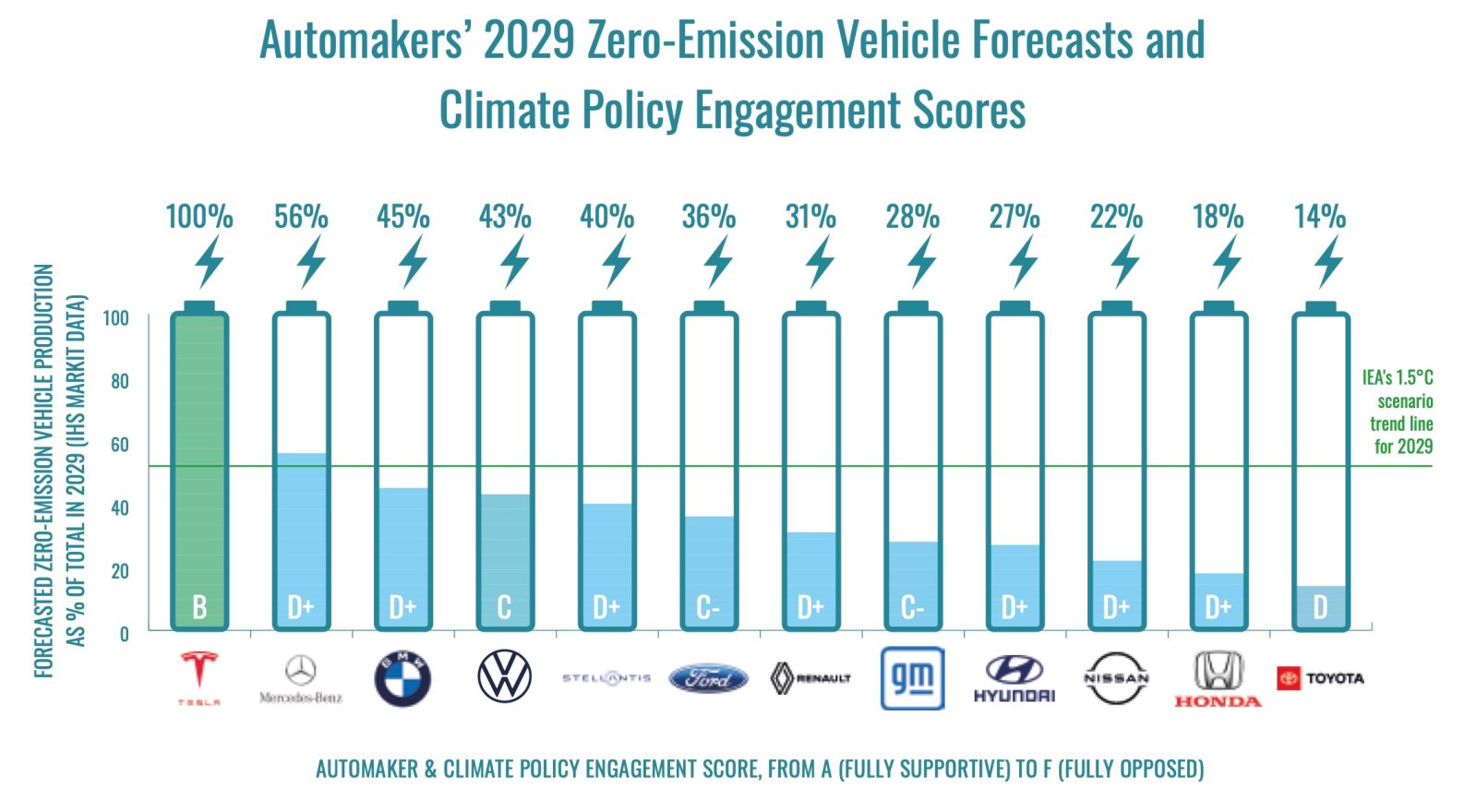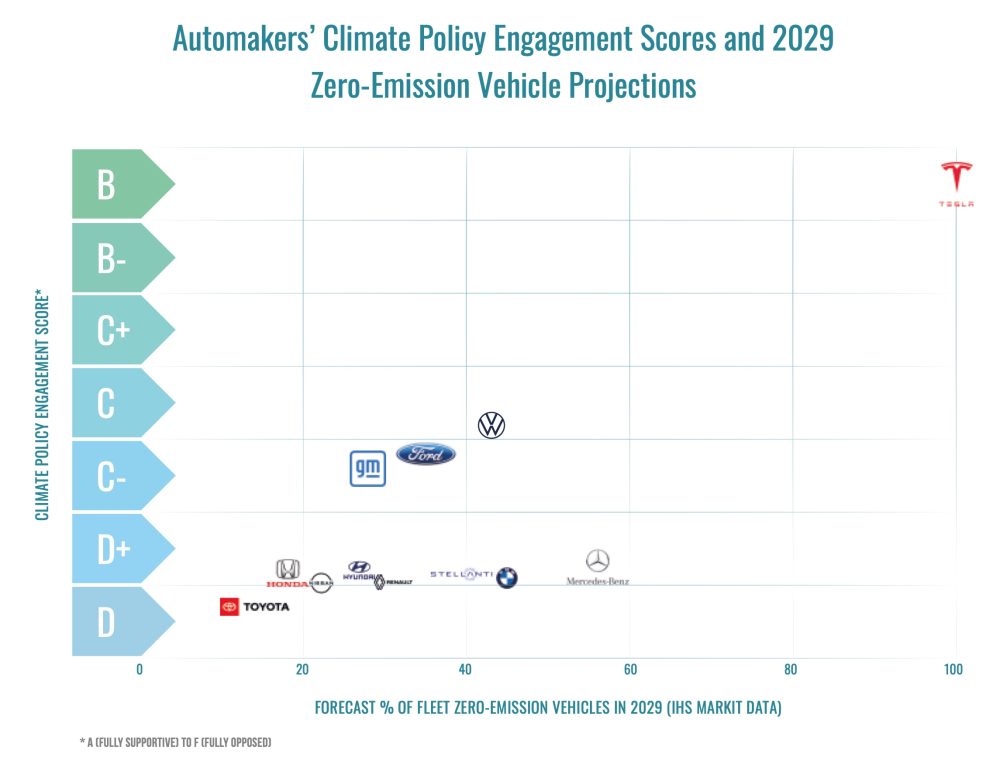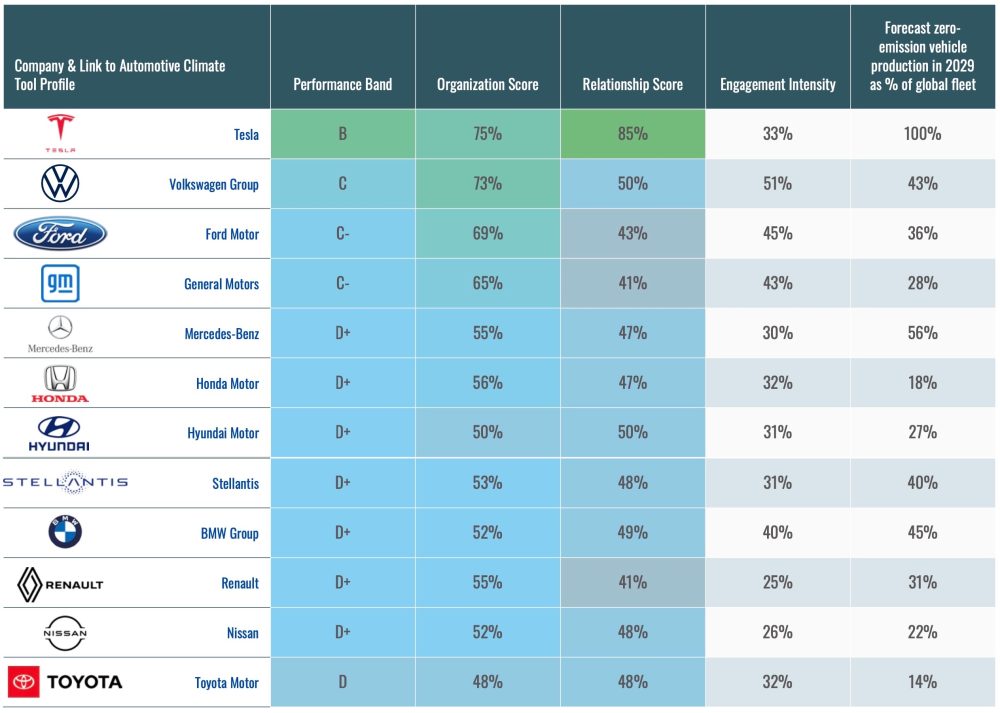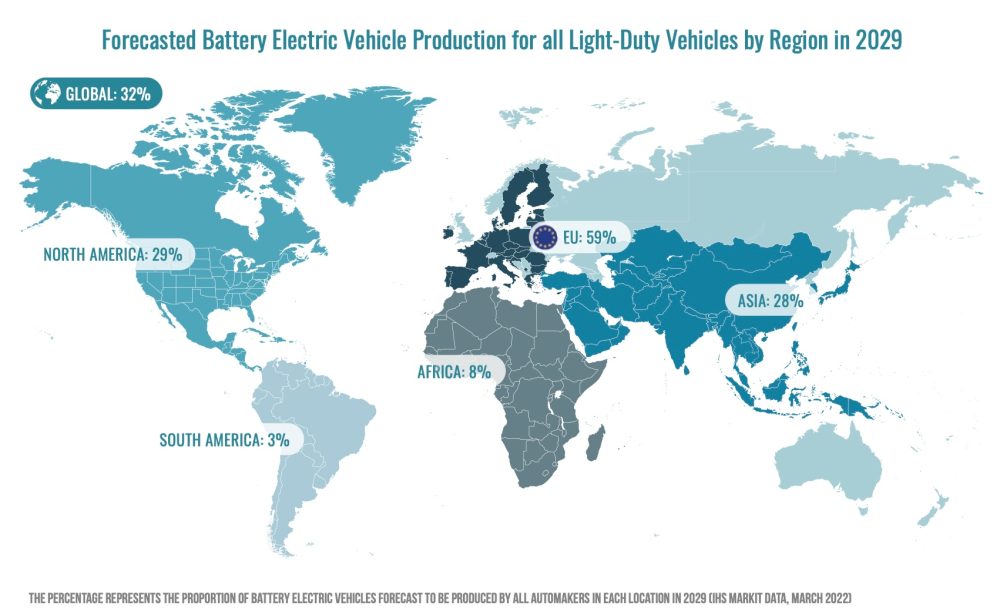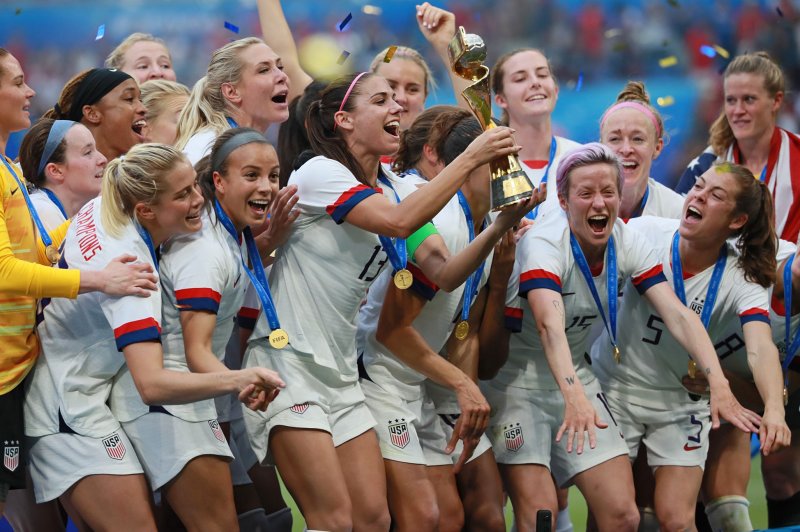

'Slaughter: Skulls and personal items of victims at the Kigali Genocide Memorial in Rwanda (AFP/Ludovic MARIN)
Jan HENNOP
Wed, May 18, 2022,
One of the last five fugitives wanted for his role in the 1994 genocide in Rwanda, Pheneas Munyarugarama, died in Democratic Republic of Congo in 2002, UN prosecutors said Wednesday.
Munyarugarama, a local army commander, "died of natural causes" and was buried in Kankwala, in the eastern DRC, the Mechanism for International Criminal Tribunals (MICT) announced in The Hague.
The news comes less than a week after the tribunal announced the death of Protais Mpiranya, the top remaining wanted suspect over the deaths of some 800,000 Tutsis and moderate Hutus in a 100-day slaughter.
"For the victims and survivors of Munyarugarama's crimes in the Bugesera region, we hope this result brings some closure," the tribunal's chief prosecutor Serge Brammertz said in a statement.
A former lieutenant-colonel in the Rwandan Armed Forces (FAR), Munyarugarama, who was born in 1948, was charged by the International Criminal Tribunal for Rwanda with eight counts including genocide and crimes gainst humanity.
"Munyarugarama was alleged to be responsible for mass killings, attacks, and sexual violence against Tutsi civilians at various locations in the Bugesera region, including the attacks on Tutsi refugees at the Ntarama and Nyamata Catholic Churches," the MICT said.
The tribunal said that after a "comprehensive and challenging investigation", prosecutors established that Munyarugarama "died from natural causes on or about 28 February 2002 in Kankwala... where he was also buried."
The tribunal said only four fugitives now remained on its books: Fulgence Kayishema, Charles Sikubwabo, Charles Ryandikayo and Aloys Ndimbati.
Top fugitive and alleged genocide financier Felicien Kabuga was arrested near Paris in 2020.
- 'Unmarked grave' -
The Libya and Belgian-trained Munyarugarama fled to the former Zaire shortly after the 1994 genocide where he joined remnants of the Rwandan armed forces, according to a summary of his movements, made by the tribunal's prosecutors.
In 1998, he helped recruit ex-Rwandan soldiers for the Democratic Forces for the Liberation of Rwanda (FDLR) rebel group, largely basing himself in the DRC's eastern Kivu provinces as a senior FDLR leader.
In late 2001, the Hutu-supremacist movement was to gather in Kinshasa for talks on how to integrate itself into one structure, prosecutors said.
Munyarugarama, escorted by two relatives and FDLR escorts, "made a lengthy journey on foot... heading for Kinshasa", prosecutors said.
"The journey lasted several months and involved crossing arduous terrain including jungle, swamps and several difficult river crossings."
Munyarugarama "had difficulty with the river crossings... and nearly drowned, and afterwards started reporting feeling unwell to his travelling companions," prosecutors said.
Several days after reaching the small village of Kankwala in North Katanga along the way, "Munyarugarama fell ill" and died in 2002.
"Although the exact cause of death is unknown, due to a lack of trained medical staff and facilities, it was from natural causes," prosecutors said, adding he was buried there the next day "in a coffin in an unmarked grave".
Prosecutors last week too announced the death from tuberculosis of leading fugitive Mpiranya in Zimbabwe in 2006.
Mpiranya was allegedly among those who ordered the murder of then prime minister Agathe Uwilingiyimana, 10 Belgian soldiers protecting her, and several other leading politicians and their families on April 7, 1994, in the early hours of the genocide.
jhe/dk/ah

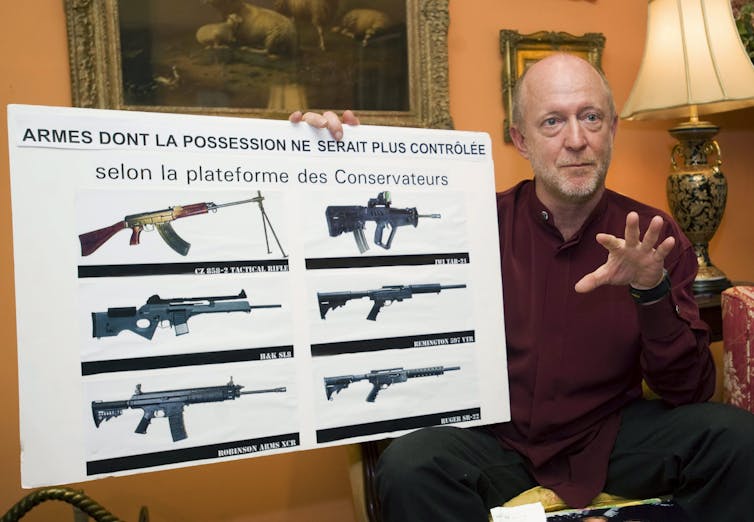


.png)
